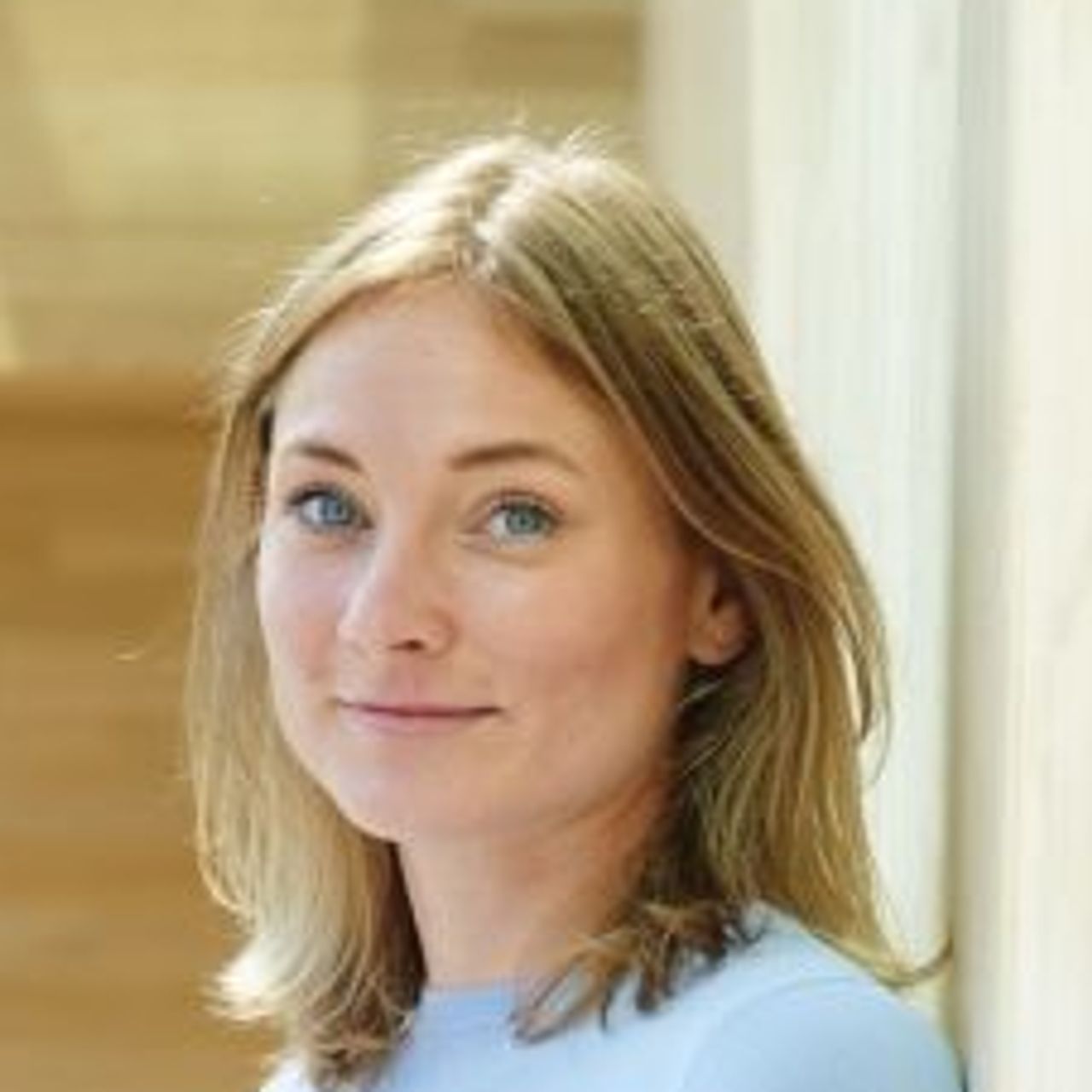The more complex the data, the better. Nina Bussmann is a down-to-earth woman from Twente whose heart beats faster when she solves a technical issue that reduces the risk of money laundering. As a data scientist, she tinkers daily with one of the models that Rabobank uses to keep money on the right track.
Nina Bussmann
Recognizing money laundering risks
“Financial and economic crime is a broad term,” Nina explains. “I am in the TM team: Transaction Monitoring, which includes money laundering and terrorist financing. As data scientists, we are building the risk model that monitors transactions and identifies suspicious ones. That model consists of very specialised software with its own algorithm, calculation rules in programming language. With these rules, we teach the model to recognize money laundering risks in data, as it were.”
Nina mentions the catering industry as an example. “There is a lot of cash in circulation in this sector, so the origin cannot always be traced. This also means that there is an increased risk of money laundering. We, as a bank, must act against this. So we build a new rule into our model that takes this risk into account.”
Tinkering at the back
“I work on the 'back' of the model. My colleagues and I make sure the algorithm works properly. A lot is happening, so there are new risks every day. We are tinkering every day. And rules that go into production identify all transactions in real time from that moment on.” Nina is beaming. “This is quite exciting, as the model processes an average of more than 10 million transactions per day. If I put something into production, and it works, that really gives me a kick.”
"There is a lot of money in circulation worldwide and that means a lot of data and complex issues for us."
Technologically challenging and socially relevant
Nina is clearly enthusiastic about her profession. “There are so many facets that I find interesting. FEC is still a relatively young field and technologically very challenging. There is a lot of money in circulation worldwide, and that means a lot of data and complex issues for us. We are constantly developing, always innovating. This gives me the opportunity to specialize more and more in TM as a data scientist.”
“I also find FEC very interesting because it is so relevant. It is very motivating to open Het Financieel Dagblad (a Dutch financial newspaper) in the morning and read about money laundering. That makes me very aware of the value of our work.”

The advantages of a large cooperation
Why Rabobank? “It is a big bank, which means big impact. But it also feels familiar. I am from Twente and my parents were already customers at the Boerenleenbank. Rabobank was founded as a cooperative, and you can feel that. The solidarity above all. We celebrate successes together and when things go wrong we solve them together. You are never alone. I really like that.”
Nina about her team: “I work in a small, young and driven team. Not at all what you expect from a bank, but it is sometimes like working in a start-up. We make a lot possible in a short time and are given the space to innovate and develop. We have the security of a large employer, but also the means to move quickly and make the model more and more sophisticated. That is a real advantage. The bank underlines the importance of FEC and is committed to keeping the financial system as clean as possible. We are also reaping the benefits of that.”

